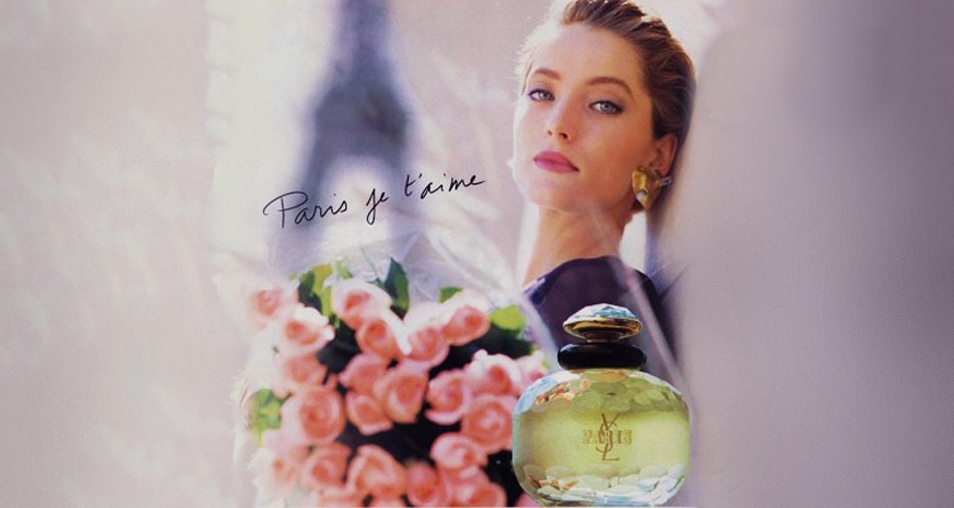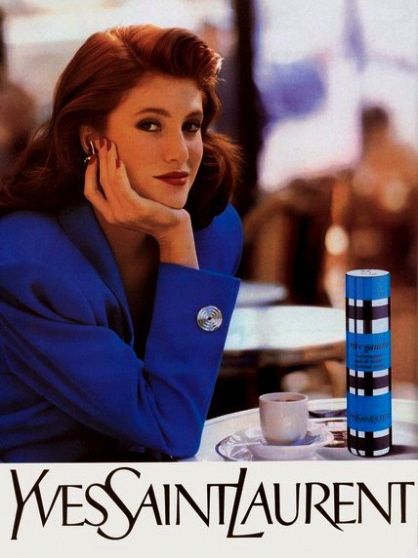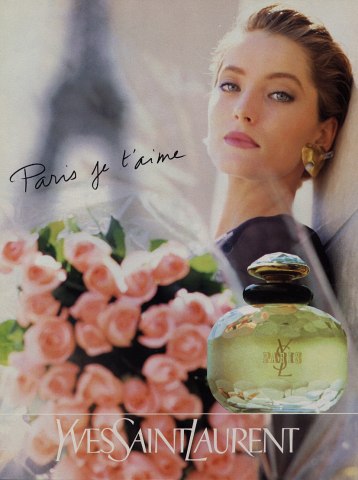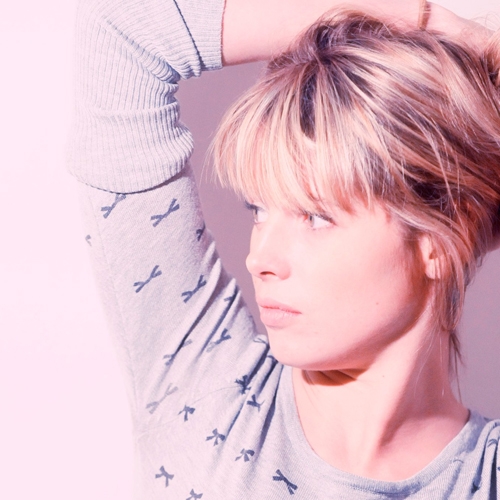
Yves Saint Laurent, Unforgettable Scents...
12 may 2014Yves Saint Laurent’s personality has really been inspiring filmmakers lately. After Jalil Lespert, it’s director Bertrand Bonello’s turn to take on this brilliant but tormented genius in a biopic selected for the 2014 Cannes Film Festival. The perfect occasion for Osmoz to take a look back at the many legendary fragrances that studded the work of this creative visionary.
Rive Gauche (1971) marked Yves Saint Laurent’s grand entrance into perfumery, after his very first scent, Y. Like an echo of the designer’s luxury prêt-à-porter boutique, this perfume dons the bourgeois finery of the women of Paris’s chic 6th arrondissement, whom he dressed – garbing them in an extreme combination of boldness, freedom and sophistication. While the opening flight of aldehyde-inflected notes signals an elegant and aloof perfume, the powdery heart pierced by rose frees the fragrance from upper-class stuffiness, giving the woman who wears it a sultry allure and an assertive style.

With Opium (1977), Yves Saint-Laurent overturned the olfactory codes of the times with a sulfurous oriental that would inspire many, many more. This scent, whose name expresses the designer’s desire to get away from it, aims to be addictive with a whiff of transgression. The lascivious Opium woman yields herself to its floral (ylang-ylang), spicy (carnation, cinnamon) and ambry (patchouli, vanilla) waves. The perfume’s stylish, celebrity-packed launch made it an instant legend: this is the fragrance that really introduced the world of perfumery to the concept of marketing.

Yves Saint Laurent’s world was also the City of Light – all of his work was steeped in its atmosphere. France’s capital city is an icon of romanticism portrayed by the most tender of scents: quintessence of femininity, Paris (1983) offers a magnified bouquet of roses whose notes intertwine with violet to go wonderfully powdery. A few spicy touches gently jazz up this soft scent, which melts into a creamy trail of sandalwood.

Even after decades at the top, the couturier never lost his taste for stirring up trouble. Champagne (1994), his last perfume, did nothing to erase his reputation for being drawn to the forbidden. Re-christened Yvresse, it’s an ode to joy and a tribute to “sparkling women.” This bonafide fruity-chypre scent plunges velvety peach into a wine-inflected dimension, where cumin and patchouli also appear. Intoxicating, sensual, and brilliantly disconcerting.

Other fragrances would come out under the name Yves Saint Laurent, but they would depend less on his own decisions than on those of the corporations that had licensed his name. Tom Ford, however, admirably perpetuated the Yves Saint Laurent spirit in two fragrances. Nu (‘Nude’, 2001) is a sensual pairing of woodsy and spicy notes for women, while the dark, masculine M7 (2002) – the first European fragrance to use oud wood – would turn out to be a true trendsetter.


I believe in YSL and Tom Ford. My favorite is Paris by YSL. It is a classic for me. A very tender scent indeed.
Report abuseLos perfumes de Yves Saint Laurent, son espectaculares, Yvresse es una fragancia peculiar, con un aroma fresco y muy elegante
Report abuseLe seul YSL que j'ai porté s'appelait à l'époque Champagne. Je m'en suis vite lassée. J'adore sentir Paris sur les autres. J'ai la nostalgie de Rive Gauche tel que je l'ai connu dans les années 1970. Je trouve sa reformulation catastrophique. Mon préféré de la marque ? Nu sans l'ombre d'un doute et pourtant il n'appartient pas à ma famille olfactive de prédilection mais je le trouve obsédant .
Report abuseMerci pour cet article consacré à Yves Saint Laurent. Parmi la sélection de parfums emblématiques, c'est Paris qui a ma préférence en tant qu'amoureuse de la rose en parfumerie. Mais en cette période de Festival de Cannes, n'oublions pas Cinéma, dont on ne parle pas assez. J'apprécie cette senteur florientale vanillée parfaite en toutes circonstances.
Report abuse